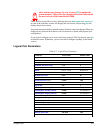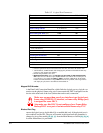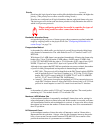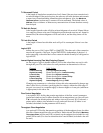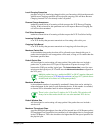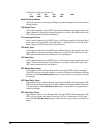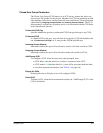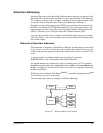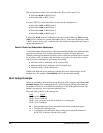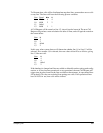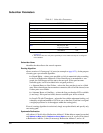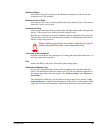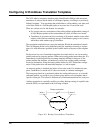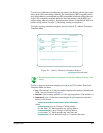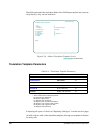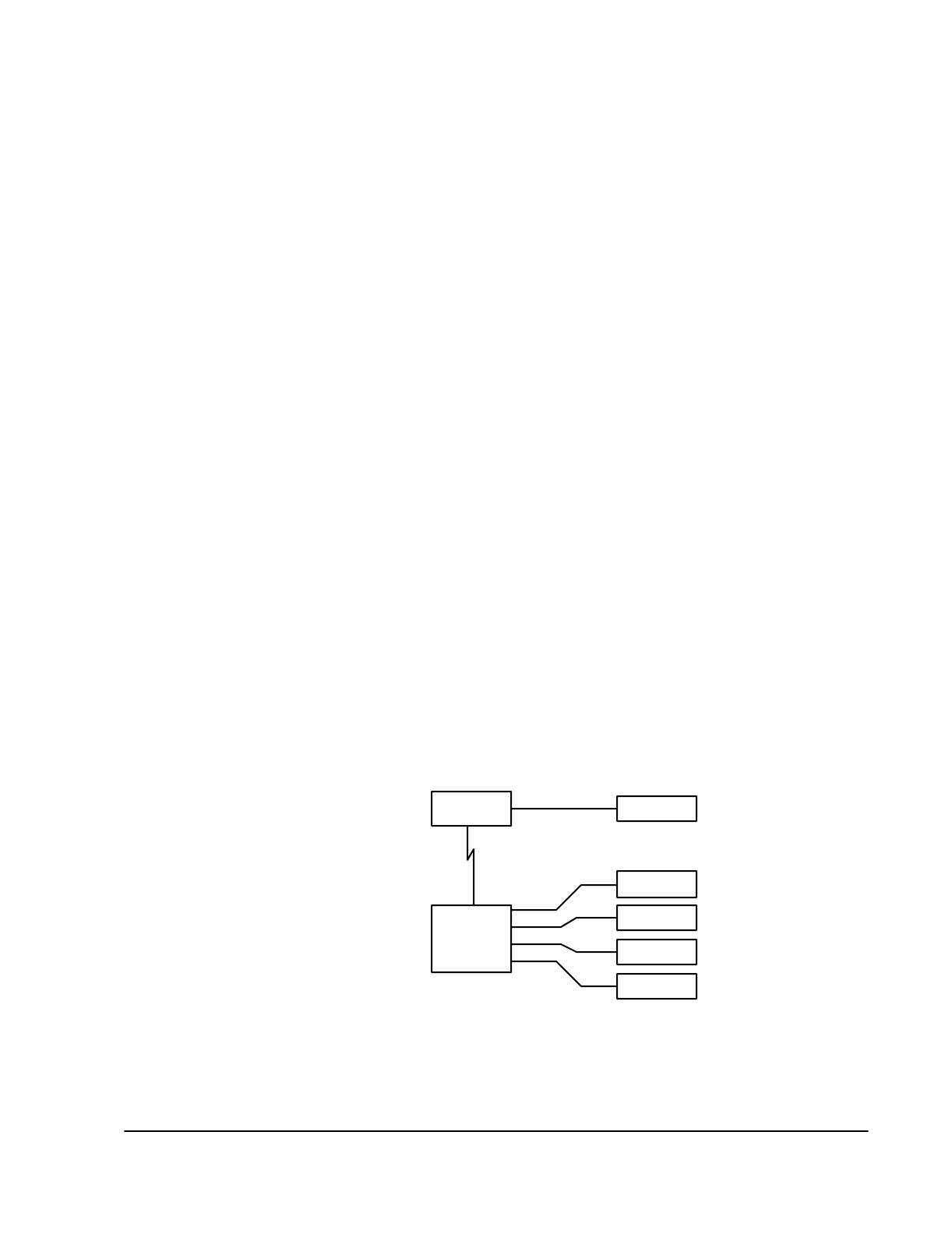
Configuring X.25 8-21
Subscriber Addressing
Subcriber IDs are the called and calling addresses that are placed in call packets. Each
Subscriber ID record also defines routing for calls to the subscriber. Each subscriber
ID, or address, consists of up to 15 digits, including (if desired) question marks and/
or asterisks used as wildcards. (See "Wildcards in Subscriber Addresses.")
Subscribers using a public data network (PDN) must conform to the format used by
the PDN. For example, CCITT Recommendation X.121 specifies this format: a one-
digit international code, followed by a four-digit Data Network Identification Code
(DNIC), followed by up to 10 digits of Network Terminal Number (NTN).
A private network (that will not communicate with other networks) does not need to
follow the format—any or all of the digits can be used as desired, following the guide-
lines in this chapter.
Wildcards in Subscriber Addresses
Each subscriber is assigned to a SmartSwitch 1800 port, and more than one subscriber
device can use a port. To eliminate the need to specify the complete ID of every sub-
scriber on the port, the question mark and the asterisk can be used as “wildcard” char-
acters.
A question mark in an address matches any single digit. For example,
3110??????????
is any 14-digit address that begins with
3110
.
An asterisk matches any combination of digits, including none at all. For example,
3110*00
is any address that starts with
3110
and ends with
00
, including
311000
(but not
31100
—overlapping is not allowed). Note that
*
by itself is very important, because it
matches any address.
Wildcards can be combined. The address
3110??*
is any address beginning with
3110
and containing at least two more digits.
The following figure shows an example of wildcard addressing.
Figure 8-7 Wildcard Addressing Example
Node 1
Node 2
00100
12301
12302
12303
12304
P1
P3 - Subscriber ID
123*
L1,P0
L0,P0
L0,P1
L0,P2
L0,P3



